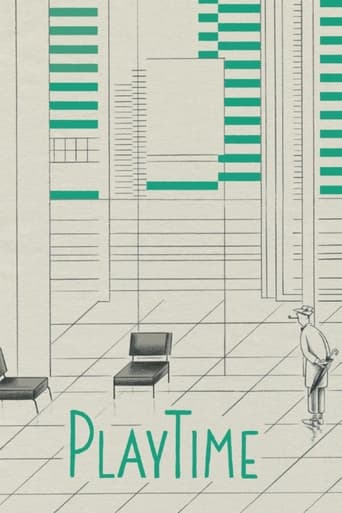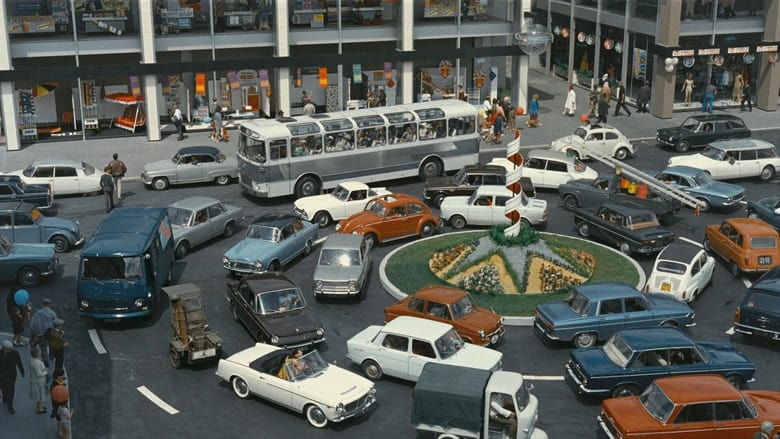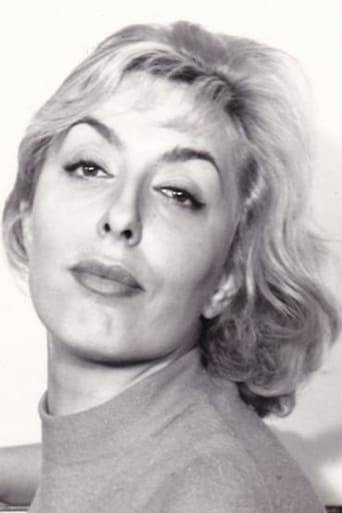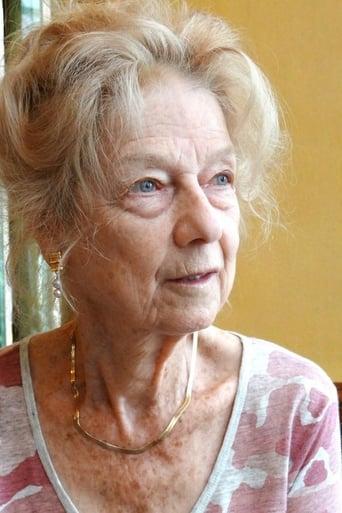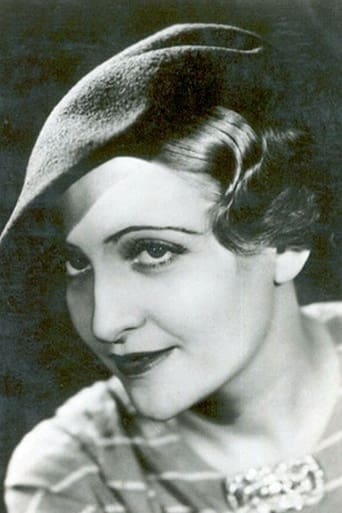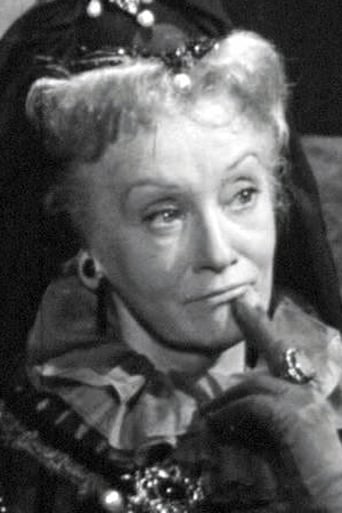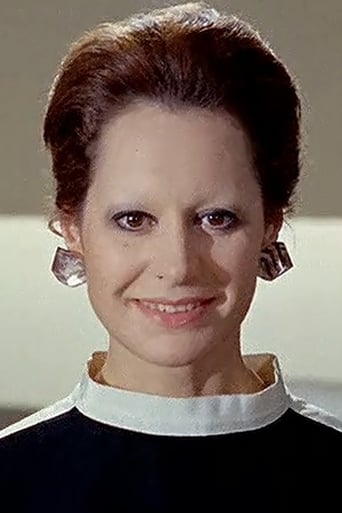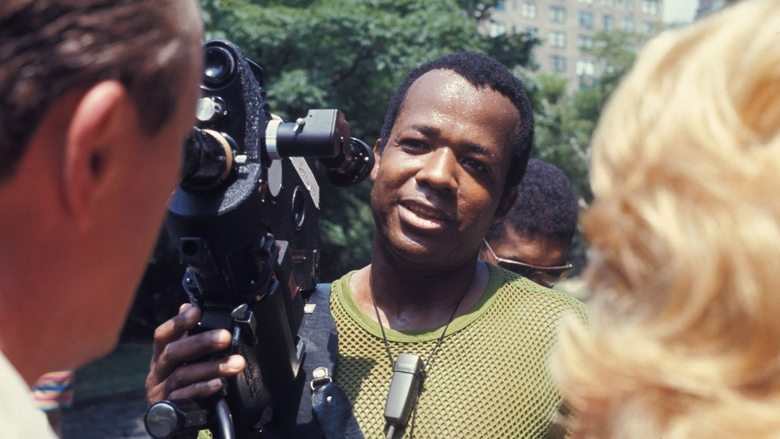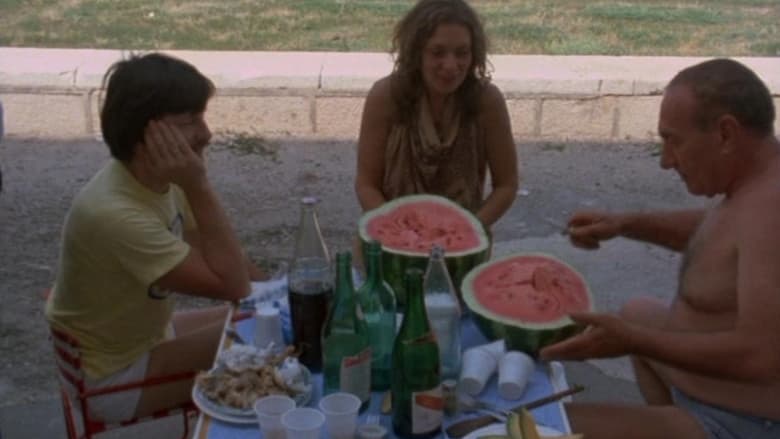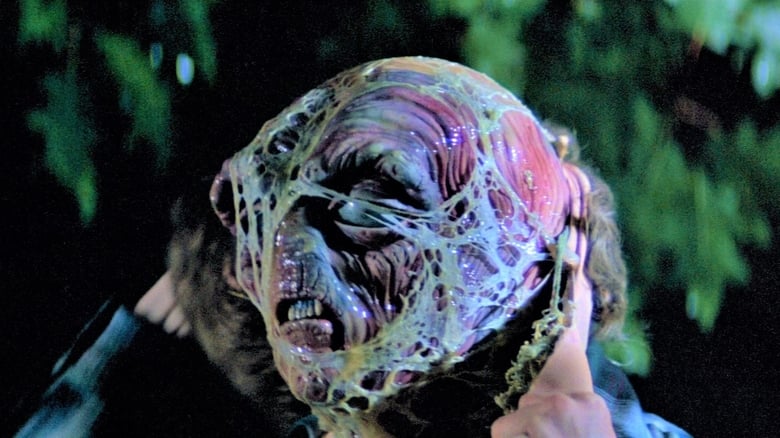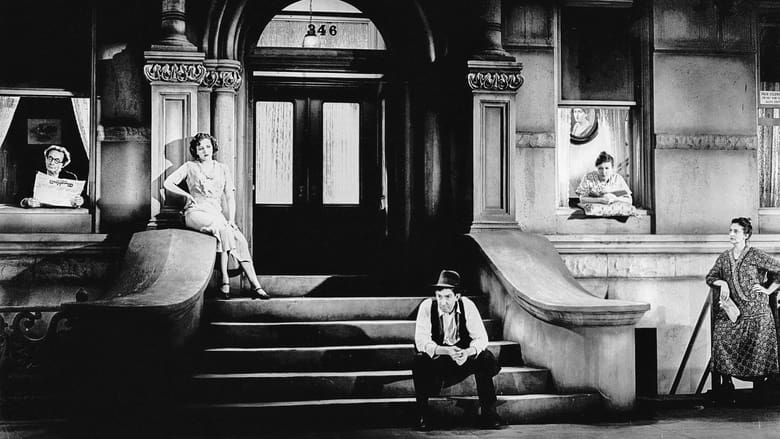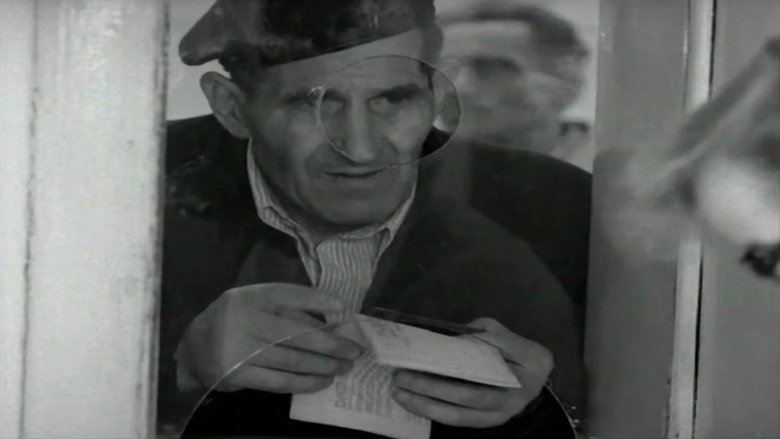Clumsy Monsieur Hulot finds himself perplexed by the intimidating complexity of a gadget-filled Paris. He attempts to meet with a business contact but soon becomes lost. His roundabout journey parallels that of an American tourist, and as they weave through the inventive urban environment, they intermittently meet, developing an interest in one another. They eventually get together at a chaotic restaurant, along with several other quirky characters.


Similar titles
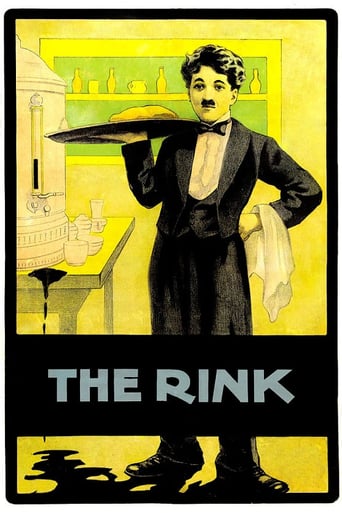
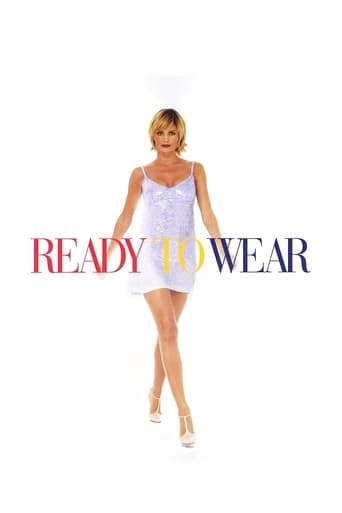
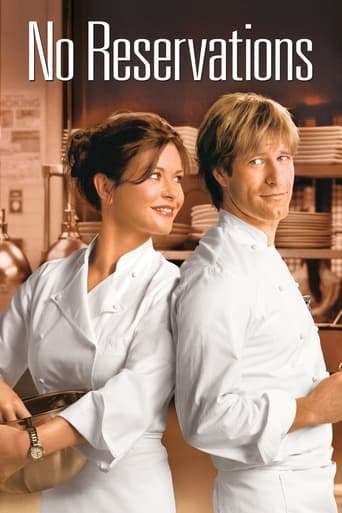
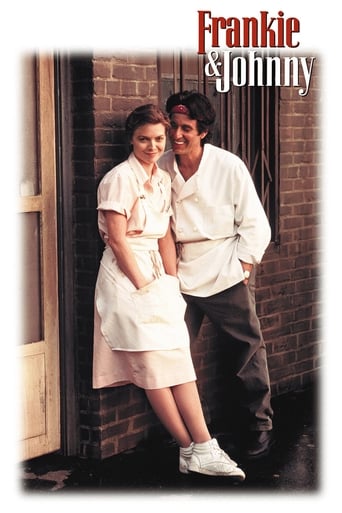

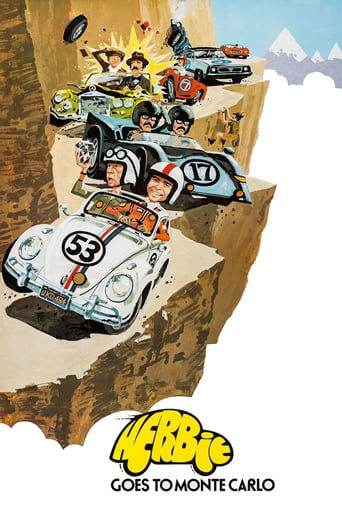

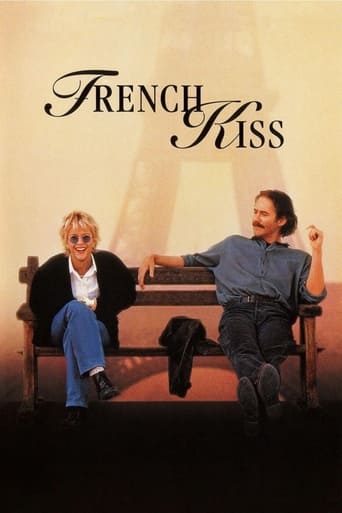
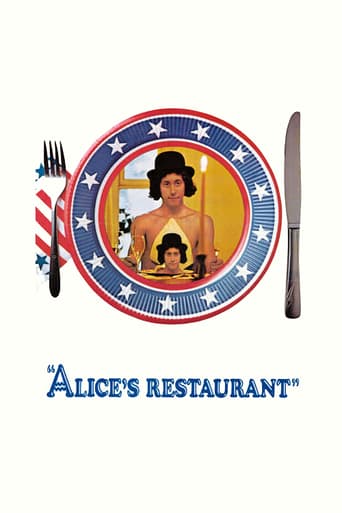
Reviews
Jacques Tati's films are often looked at with immense praise due to his sets, choreography, and impeccable directing. Yet, none of his films are more praised than Playtime. Coming off his Academy award-winning film Mon Oncle (1958), Jacques Tati decided that he wanted to distance himself from his charming Mr. Hulot character to focus on something different. That "something" was Playtime. Tati poured his heart, soul, and money into Playtime to make sure that it was exactly as he envisioned it. Years later, Playtime continues to be one of the most intelligent, charming, and beautiful comedies ever made.Utilizing large, custom built sets, Tati creates a sterile, cold world full of technological conveniences. This technology seems to blockade natural human interaction. Furthermore, it creates a hectic and confusing environment for Mr. Hulot (who makes minor appearances) as he tries to navigate its maze-like construction. Underneath the surface of Tati's satire of modern life is a world of confusion, class discrimination, and distance. However, this reality never becomes overly depressing as Tati deftly incorporates clever gags that allow us to laugh at Playtime's reality. The film, however, is not one sided to the issues it brings up. Tati seems to revel as well as despise the modern world, giving the film perspective. However, Playtime is much more than a genius satire.Tati is said to have hated close ups and this belief is extremely prevalent in Playtime's cinematography. Shots are crafted in such a way that we see whole crowds of people going about their business in long, single shots. Tati cleverly hides his gags behind these crowds. This requires the audience to observe the crowd as it moves along to see the jokes. Furthermore, because multiple jokes are put on the screen at one time, the film becomes re-watchable. The wonderful use of straight lines, curves, atmospheric lighting, and still shots are beautiful to observe. However, those that enjoy defined plots should stay far away from this movie. It's extremely slow and quite long for an almost plot less film. Many will probably fall asleep due to this, yet those who do are missing out on one of the most inspired comedies of all time.
Jonathan Rosenbaum Like all of the very great comics, before making us laugh, Tati creates a universe. A world arranges itself around his character, crystallizes like a supersaturated solution around a grain of salt. Certainly the character created by Tati is funny, but almost accessorily, and in any case always relative to the universe. He can be personally absent from the most comical gags, for M. Hulot is only the metaphysical incarnation of a disorder that is perpetuated long after his passing.It is regrettable that André Bazin's seminal essay on Jacques Tati ("M. Hulot et le temps," 1953, in Qu'est-ce que Ie cinéma?, vol. I) has been omitted from both volumes of his criticism in English; regrettable, too, that Bazin didn't live to see Tati's masterpiece. To some degree, PLAYTIME can be regarded as an embodiment and extension of Bazin's most cherished Ideas about deep focus, long takes, and the "democratic" freedoms that these techniques offer to the spectator....
As an introduction, 'Playtime' blew me away with its level of stupidity. It was an episodic comedy set in Paris written and directed by Jacques Tati.To carry on, the script had very little dialogue from the characters. There was more movements than talking. It empathised that the movie was hilarious enough. The sequences built up as much stupidity as what you can ever imagine. Monsieur Hulot curiously wanders around a high-tech Paris, paralleling a trip with a group of American tourists. The character Hulot is an old man who has no idea what he is doing. He entered an office building in Paris acting like he had to attend an important meeting with investors. What is more, Monsieur strangely walked into a high-tech supermarket, purchasing products and getting lost at the same time. Then he rounds up in a stranger's living-room. To top it all up, he dines in a club restaurant with hundreds of American tourists which is still under construction. I call that MAD.In addition, the Paris was a fantastic location to shoot this buncos movie, because of the city's architecture. Viewing a recording of the tall glass buildings and the club-restaurant were beautiful. The French fabulous fashion was also exposed on the movie camera. This included sharp suits, colourful scarfs, shiny shoes and many more made out of fine fabrics. Watching classic cars drive on the urban streets was wonderful. All thanks to the creative designs of the vehicles. All of this went hand in hand with Jean Badal and Andréas Winding cinematography. The artists lighting created a powerful contrast between light and shade.As a conclusion, the motion picture was a masterpiece. This is why I give it an 8/10.
PLAY TIME is a film of astonishing complexity. Tati's performance of this mammoth piece succeeds as both a satire on the absurdity of modern tourism and an unthinkable demonstration of fulfilled imagination. It is famously unwatchable in one sitting. That's not true, but it does yield magnificent insights for those who brave this new Paris.Tati constructs PLAY TIME in unflinching diagonals. Like Hitchcock's NORTH BY NORTHWEST, from which it clearly takes influence, the film revels in the construction of right angles but is always photographed from a diagonal. This is the source of subtle visual tension which Tati is able to sustain throughout the entire process. It is a touch that renders PLAY TIME with that elusive coherence and consistency usually absent in the presence of absurdity. Another component to the consistency is character. Barbara and Hulot share our curiosity and confusion. We are grounded in their solid construction like we would be in any more conventional narrative. Hulot is the perfect character to take us through this labyrinth. Tati, acting as Hulot, plays both our emotional (Hulot -- curiosity, confusion, exploration) and physical (director -- mise en scene) tour guide. Ultimately, the style is arresting. Angular tension binds with bold consistency to create an entirely watchable film.In addition, Tati out-Altman's Altman years before M*A*S*H made him popular. The sound is layered and marvelous, not unlike the visuals, and just as dense with gags. Primary focal points are invariably covered up. English speaking audiences will be rewarded by numerous auditory jokes in both foreground and buried deep into the background. The visual gags are numerous and often simultaneous. Scenes involve incredibly dense, complex, precise comic choreography. Not unlike Keaton, Tati possesses unshakable artistic control and a belief in the subtle comedy of location.PLAY TIME is an astonishing ballet of cinematic possibilities. One only has to think of someone like Malick to realize that Tati imbues every frame with electricity and spirit while making it look effortless. Is it a perfect film? If not, the accomplishment is nothing short of being, quite literally, an absurd miracle. PLAY TIME is a grand fugue of the cinema with lighthearted subject and angular answer. It is capable of anything -- arresting crescendi, subtle sequencing, revealing comedy, and simple beauty. How Tati managed to fulfill this dream will forever remain an object of fascination and a testament to the potential of genius.98.8 (The highest rating I have yet assigned)
